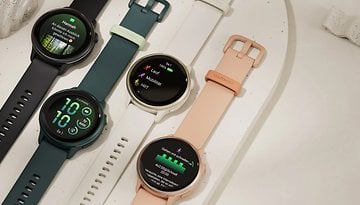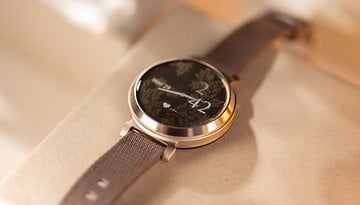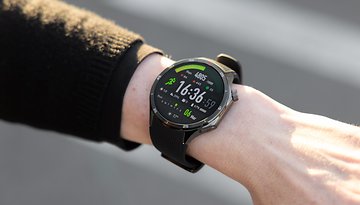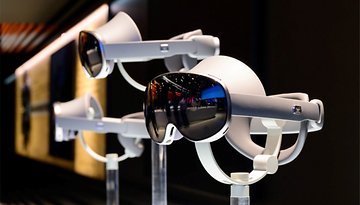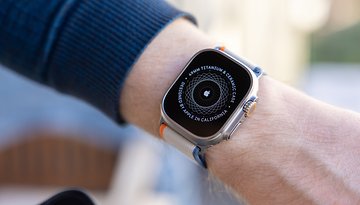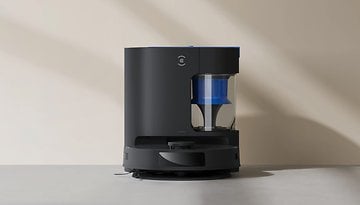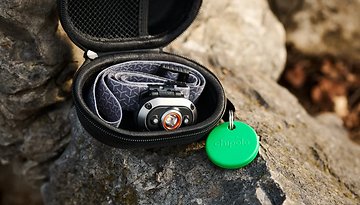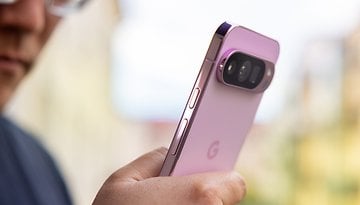Still Not There: OnePlus Watch 3 Misses the Mark


The OnePlus Watch 3 officially hits the US market today, and while there are notable upgrades under the hood, the brand’s approach still seems laser-focused on its male-dominated fan base—leaving female users and their specific health needs largely overlooked. The latest smartwatch boasts improvements in battery life and health-tracking metrics, particularly sleep monitoring. But there’s more: the price has changed this year.
The Classic OnePlus Hardware-First Approach
Staying true to its roots, OnePlus is once again betting on hardware excellence—the same formula that earned its cult status in the smartphone world. The company consistently nails component selection but leans heavily on partners for software development. And with the Watch 3, it’s business as usual.
This top-tier addition to OnePlus’s smartwatch lineup sticks with the familiar dual-engine architecture, designed to maximize battery life and ensure snappy performance. Powering the show is the Snapdragon W5 chip paired with the BES2800 MCU. In 2025, OnePlus claims it has squeezed even more juice out of this combo compared to last year’s Watch 2. The BES2800 is new this year, but its job description remains the same: running background tasks on RTOS, while the Snapdragon W5 takes care of the heavy lifting, like running Google apps.
- A flagship that gets it right: Our in-depth OnePlus 13 review
If OnePlus’s claims hold up, the Watch 3 can push up to five days of battery life on a single charge under normal usage. Switch to Power Saving mode, and we’re talking up to 16 days, according to the brand. I’ll be putting these claims to the test in my full review soon—stay tuned for the real-world battery rundown.
One thing is certain: the battery capacity has increased. We’ve moved from 500 mAh on the Watch 2 to 631 mAh on the Watch 3. So, more usage time without constantly hunting for a charger? Sounds logical.
Although there have been some changes to the display—it’s slightly larger and significantly brighter—it remains an AMOLED panel. This suggests that the increased power demands of the upgraded screen could be offsetting potential battery gains.
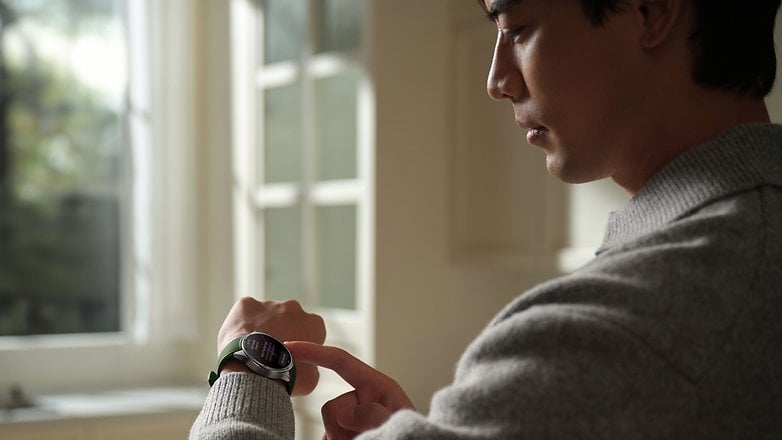
Still Stuck on “One Size Fits All”
Software-wise, OnePlus is keeping it simple—and safe—by sticking with Google’s Wear OS 5. This is a win for Android users, offering seamless Google integration and access to the entire app ecosystem.
But while companies like Samsung balance this with hardware diversity, OnePlus is still stuck in its "one-size-fits-all" mindset. The Watch 3 is available only in a 47 mm size, which feels like a clear message: this watch is built for people with larger wrists—typically men. Women and those with smaller wrists? Not a priority, apparently.
This approach feels especially tone-deaf in 2025, considering the growing push for inclusive wearable design. We’re not asking for much—just options.
A $14 Million Health Lab, But No Menstrual Tracking?
On the surface, it looks like OnePlus is serious about health innovation. The company recently unveiled a state-of-the-art Health Lab in Guangdong, China, investing over €13.5 million (around $14 million) into a facility packed with more than 100 specialized R&D tools across 20 sub-laboratories. These labs focus on sports performance, cardiovascular health, sleep tracking, and hardware development.
According to OnePlus, this is part of its vision to “integrate technology with health to improve quality of life globally.”
But here’s the disconnect: If you’re serious about improving global health outcomes, how do you launch a flagship health-focused smartwatch in 2025 without native menstrual cycle tracking?
Let’s be real—this is a feature that directly impacts half the population. It’s been standard on wearables from Apple and Samsung for years, and it’s widely recognized as vital for women’s health. The Watch 3 even has a wrist temperature sensor, which other brands leverage to offer advanced ovulation tracking. But OnePlus? Still missing the basics.
As a woman who relies on wearables to monitor recovery and performance, I know firsthand how hormonal cycles influence fitness and overall health. Ignoring this data leaves a huge gap in health insights—and frankly, it’s a dealbreaker.
Some Sleep and Health Tracking Enhancements—But It’s Still a Chunky Watch
That said, OnePlus has put effort into refining its health metrics—especially sleep tracking via the OHealth app. They’ve also introduced a 60-Second Health Check-In feature, measuring six key vitals: heart rate, SpO2, vascular health, wrist temperature, sleep, and both physical and mental wellbeing. This feature will roll out globally via OTA in March 2025.
There’s even an ECG feature—but only for markets outside the US. Classic regulatory hurdles.
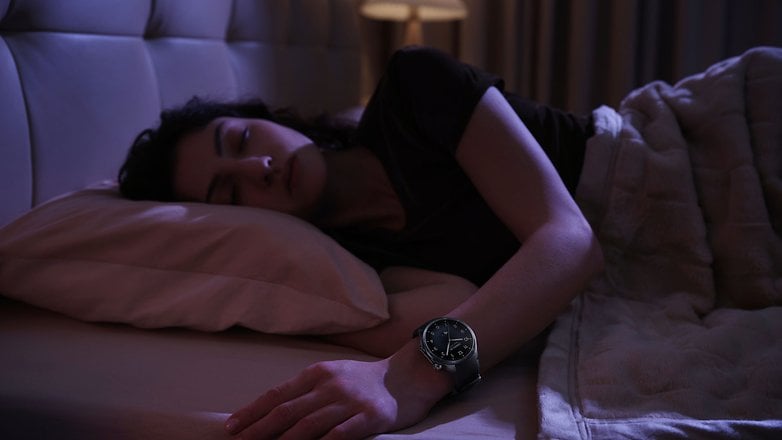
However, let’s not forget: the 47 mm size makes this a bulky watch. If you’re serious about tracking sleep, I’d honestly suggest looking into a Whoop 4.0 band or a smart ring like RingConn. They’re way more comfortable for overnight wear.
Same Core Experience, Bigger Price Tag
At its core, the OnePlus Watch 3 isn’t a radical departure from the Watch 2. There’s a bit more polish on the OHealth app side—a necessary move after accuracy concerns plagued the previous lineup. (I flagged these issues in my reviews of both the Watch 2 and Watch 2R last year, particularly around sleep metrics.)
- Also interesting: OnePlus Buds Pro 3 review
But here’s the sting: the price is up by $30 in 2025, bringing it to $329. I’ll need to put the Watch 3 through its paces before saying whether it justifies the hike. For now, I’d strongly recommend waiting for full reviews before pulling the trigger—especially since key software updates like the 60s Health Check-In should also be available on older OnePlus Watch models.
If the only real upgrades are battery and sleep metrics, and you’re not getting menstrual tracking anyway—why not just stick with the Watch 2? Well, one possible reason is that the OnePlus Watch 3 features a rotating crown with both rotational and pressing functions. But seriously?
Final Thoughts: OnePlus Needs to Step Up for Women
Look, I appreciate what OnePlus is doing with battery life, dual-chip architecture, and health insights. But as a wearable tech specialist and a woman, I can’t overlook the continued neglect of menstrual health tracking. It’s a non-negotiable feature in 2025.
Until OnePlus gets serious about serving all users, including women, I won’t be recommending the Watch lineup—especially not to those who value comprehensive health data.
And with the new price tag, the Watch 3 needs to prove it’s more than just a bigger battery. I’ll let you know if it delivers once I’ve put it through its paces.
For now, here is a OnePlus Watch 3 vs. OnePlus Watch 2 quick hardware comparison:
| OnePlus Watch 3 | OnePlus Watch 2 | |
|---|---|---|
| Display |
|
|
| Sensors |
|
|
| Chip |
|
|
| Operating System |
|
|
| Memory |
|
|
| Battery |
|
|
| Connectivity |
|
|
| IP Certification |
|
|
| Materials |
|
|
| Dimensions and weight |
|
|
| Colors |
|
|
| Compatibility |
|
|
